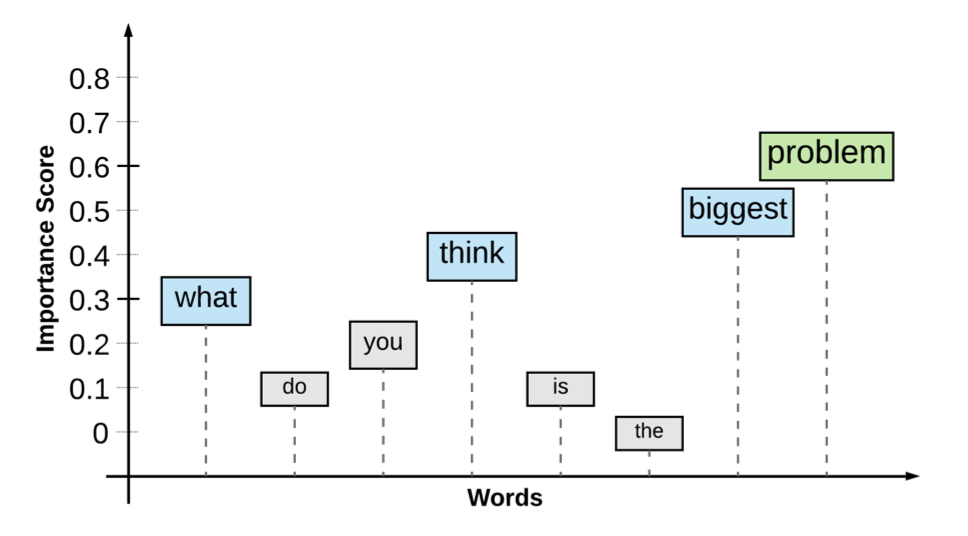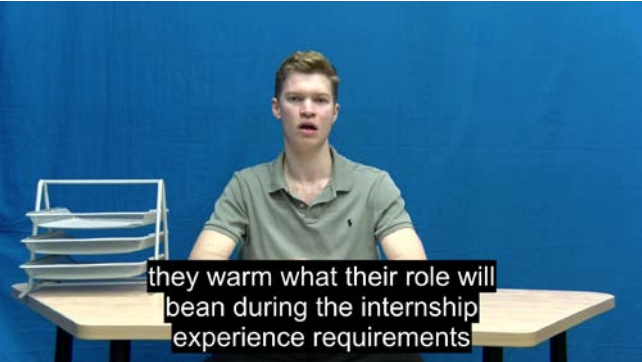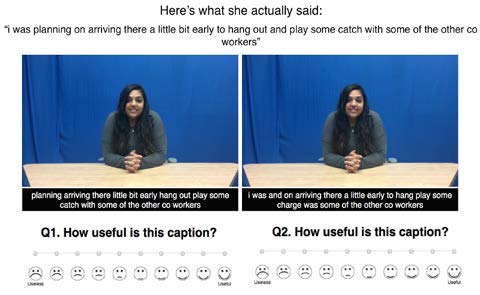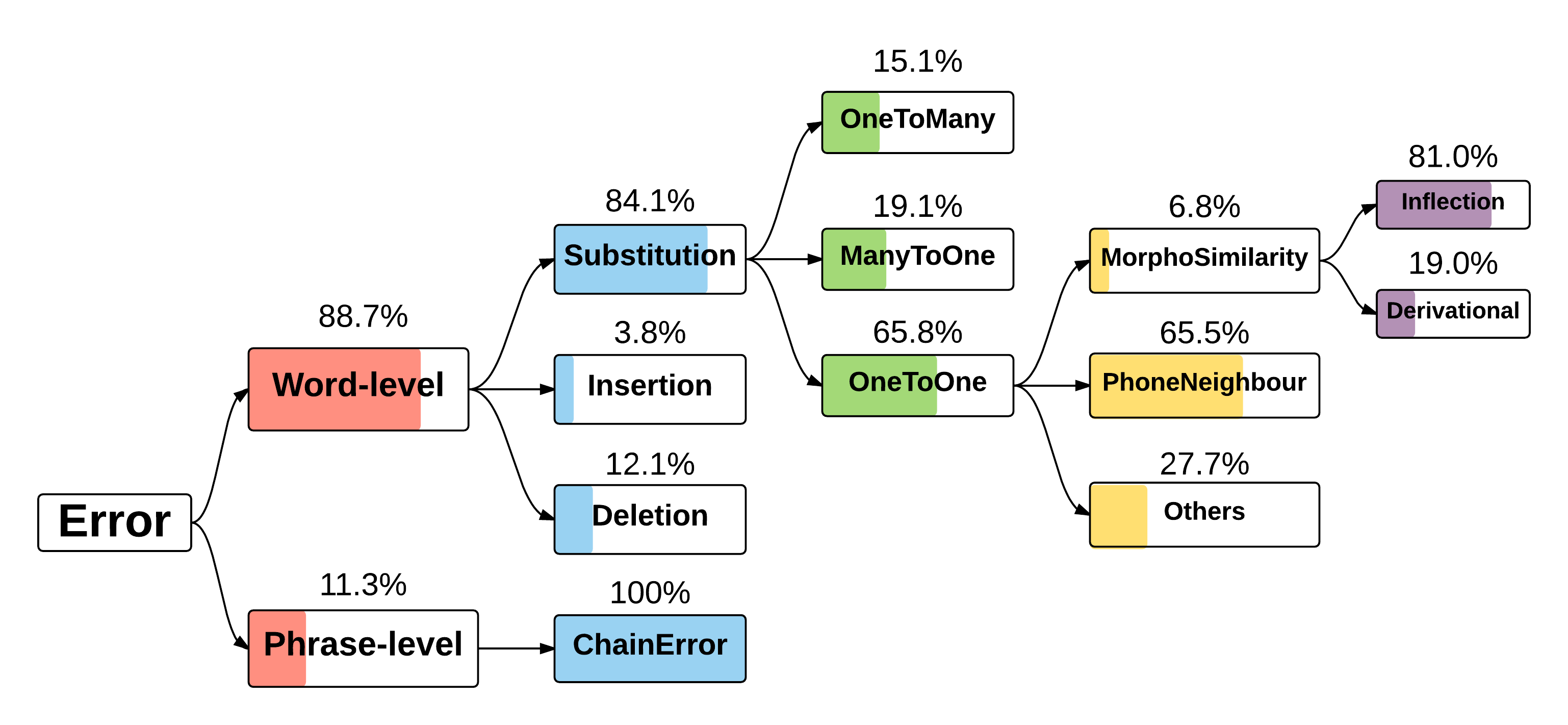September, 2019
|
Presented our work on "Fusion Strategy for Prosodic and Lexical Representations of Word Importance." at the INTERSPEECH 2019 conference. [slides] |
July, 2019
|
Our work position paper on "Artificial Intelligence Fairness in the Context of Accessibility Research on Intelligent Systems for People who are Deaf or Hard of Hearing" has been accepted at the ASSETS 2019 workshop on AI Fairness for People with Disabilities. |
June, 2019
|
Our work on "Evaluating the Benefit of Highlighting Key Words in Captions for People who are Deaf or Hard of Hearing" has been accepted at the ASSETS 2019 conference! |
June, 2019
|
Attended the HCIC 2019 Workshop on the Future of Work held in Pajaro Dunes, Watsonville, CA. Also, got a chance to present my Ph.D. thesis work as a part of the poster session at the workshop. |
June, 2019
|
Happy to annouce that our paper "Fusion Strategy for Prosodic and Lexical Representations of Word Importance." was accepted at the INTERSPEECH 2019 conference. |
June, 2019
|
Attended NAACL 2019 conference and participated in the SLPAT workshop with our paper "Modeling Acoustic-Prosodic Cues for Word Importance Prediction in Spoken Dialogues." |
April, 2019
|
Our journal paper on "Predicting the Understandability of Imperfect English Captions for People who are Deaf or Hard of Hearing." was accepted at ACM Transaction of Accessible Computing (TACCESS). |
October, 2018
|
 Co-presented our paper on "Modeling the Speed and Timing of American Sign Language to Generate Realistic Animations." at the ASSETS 2018 conference which was also recognized with the Best Paper Award in the conference. Co-presented our paper on "Modeling the Speed and Timing of American Sign Language to Generate Realistic Animations." at the ASSETS 2018 conference which was also recognized with the Best Paper Award in the conference. |
June, 2018
|
Participating in the summer internship program at Google in Seattle office till September, 2018. |
June, 2018
|
Two of our papers from the lab, which I am pleased to have contributed to, has been accepted at the ASSETS 2018 conference. |
June, 2018
|
Sucessfully defended my Ph.D. thesis proposal. Officially a Ph.D. candidate now (yay!). |
January, 2018
|
Our workshop paper "Modeling and Predicting the Location of Pauses for the Generation of Animations of American Sign Language" was accepted at the Sign Langague Workshop at LREC 2018. |
December, 2017
|
 Our paper "Methods for Evaluation of Imperfect Captioning Tools by Deaf or Hard-of-Hearing Users at Different Reading Literacy Levels" was accepted at the CHI 2018 conference and was nominated for a Best Paper Honarable Mention award (ranked among the top 5% of all submissions to the SIGCHI 2018 conference). Our paper "Methods for Evaluation of Imperfect Captioning Tools by Deaf or Hard-of-Hearing Users at Different Reading Literacy Levels" was accepted at the CHI 2018 conference and was nominated for a Best Paper Honarable Mention award (ranked among the top 5% of all submissions to the SIGCHI 2018 conference). |
December, 2017
|
Our paper "A Corpus for Modeling Word Importance in Spoken Dialogue Transcripts." was accepted at the LREC 2018 conference. |
November, 2017
|
 Our ASSETS 2017 paper won the "Best Paper Award". Our ASSETS 2017 paper won the "Best Paper Award". |
September, 2017
|
We announce the creation of the Corpus of Word Importance Annotations, more details here. |
July, 2017
|
 Our paper "Evaluating the Usability of Automatically Generated Captions for People who are Deaf or Hard of Hearing" was accepted at the ASSETS 2017 conference and was nominated for a Best Paper Award. Our paper "Evaluating the Usability of Automatically Generated Captions for People who are Deaf or Hard of Hearing" was accepted at the ASSETS 2017 conference and was nominated for a Best Paper Award. |
May, 2017
|
Helped facilitate the Research Experience for Undergraduates (REU) program at the CAIR lab. |
October, 2016
|
Participated and presented at ASSETS Doctoral Consortium 2016. |
July, 2016
|
Our paper "Effect of Speech Recognition Errors on Text Understandability for People who are Deaf or Hard of Hearing" was accepted at SLPAT 2016 workshop. |
May, 2016
|
Sucessfully defended the PhD Research Potential Assesment. |
August, 2015
|
Joined RIT for doctoral studies in the Golisano College of Computing and Information Sciences. Started working as a research assistant at the CAIR Lab. |

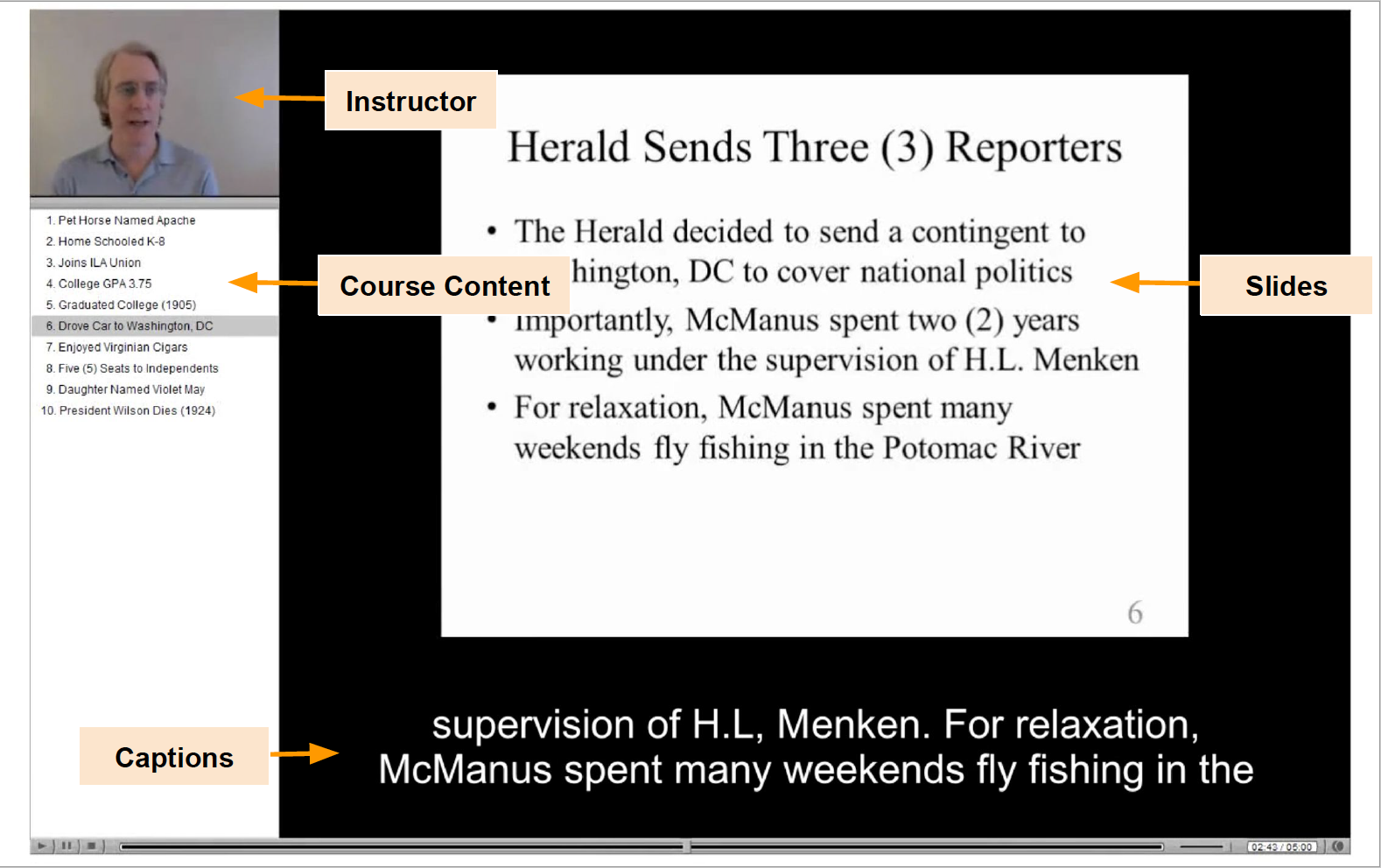
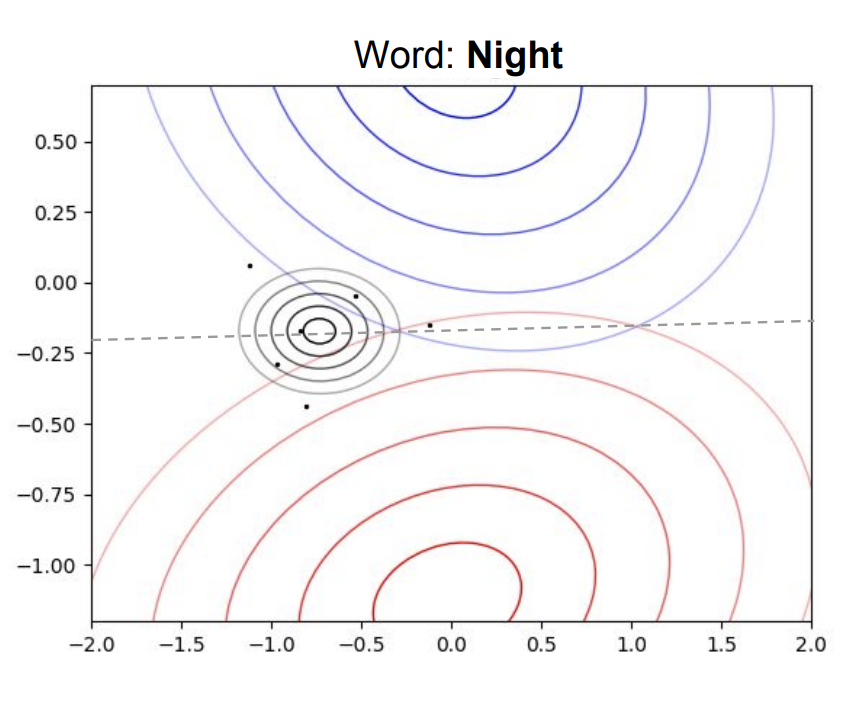
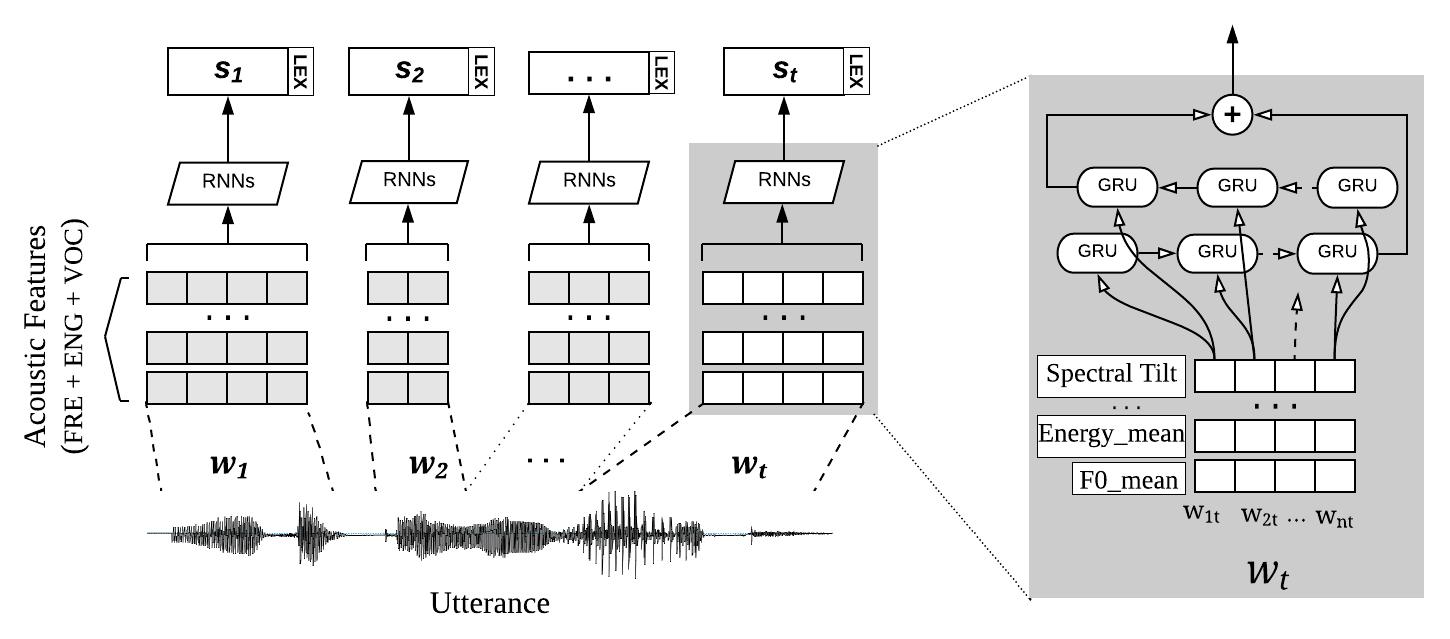

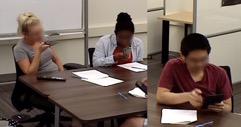

 Best Paper Award
Best Paper Award